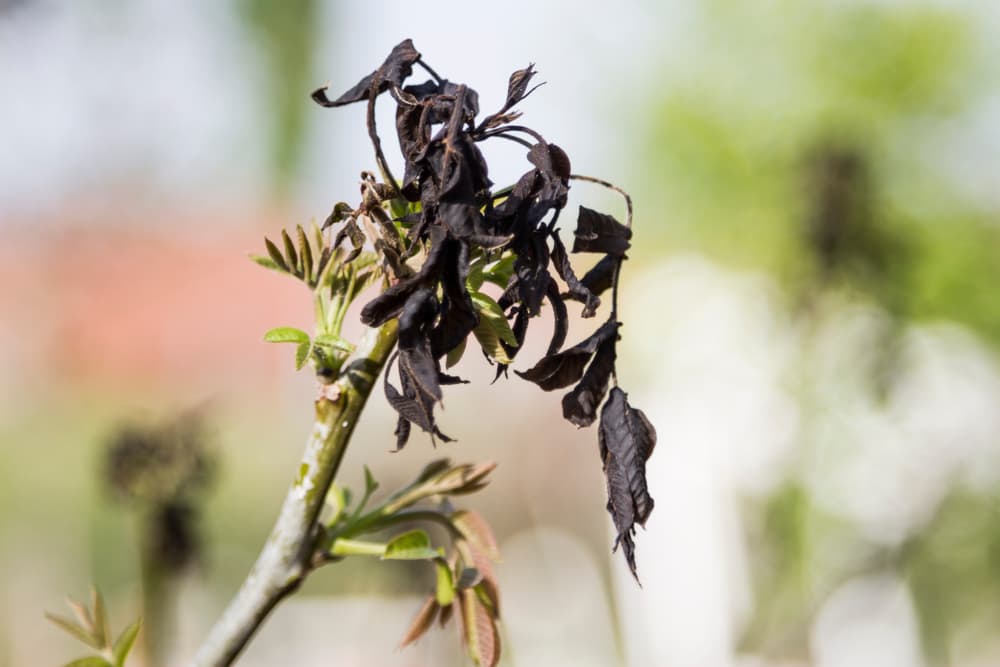Our hundreds of growing guides are each reviewed by RHS Master Horticulturists.
Our contributors include RHS Gold Medallists, estate gardeners, society members and more!
Fruit can grow on trees, fruit bushes, fruiting canes, perennials or annual plants – any and all of the plants on which fruits form can be described as fruit plants.
The word fruit is used somewhat differently in botany than it is in common parlance. In culinary terms, we tend to think of fruits as sweet-tasting plant parts, that may or may not correspond to the botanical fruit part.
Some culinary items that are commonly thought of as vegetables or nuts are actually, botanically, fruit. Tomatoes, peppers, aubergines, corn, cucumber, squash, courgette, pumpkins and peanuts are some common examples.
The USDA categorises fruits scientifically into three main groups:
Simple fruits include pome fruits (apples, pears), stone fruits (plum, cherry, apricot, peach etc..) berries (tomatoes, currants, gooseberries etc..), and many more.
Aggregate fruits include Rubus spp. like raspberries, blackberries, strawberries.
Multiple fruits include examples like the fig, mulberry and pineapple.
Alicante Tomatoes / Almond / Apple / Aubergine / Banana Plant / Blackcurrants / Blueberries / Boysenberry / Cape Gooseberry / Chilli Peppers / Courgettes / Crab Apples / Cucamelon / Cucumbers / Damsons / Fig / Gardeners Delight / Gooseberry / Kiwi / Marrow / Medlar / Melons / Moneymaker Tomatoes / Mulberry / Pears / Plums / Pumpkin / Quince / Raspberry / Roma Tomatoes / Strawberries / Sungold Tomatoes / Sweet Bell Peppers / Tayberries / Tomatillos / Tomatoes
The first step in caring for fruits successfully is to choose the right fruit plants for your location and needs.
If you would like a more low-maintenance garden, then choosing perennial fruit trees, shrubs and other perennial plants is always a good idea – these perennial options won’t just provide you with edible fruit over the course of one season, but should provide plenty of fruit over a number of years.
Once you have chosen the right fruit trees or shrubs for you, the next stage is to think about how these can best be incorporated into the overall garden design. For best results for all fruit plants, it is best to embrace companion planting.
Creating guilds of beneficial plants around fruit trees or other fruiting plants can help ensure that the right environmental conditions are met – it can attract the pollinators essential for good fruit set, and repel, confuse or distract insect pests, while bringing plenty of beneficial wildlife into your garden.

Growing annual fruits in addition to perennial options can be very rewarding – and these plants too will benefit from the creation of polycultures of plants that aid one another in a range of different ways.
With annual fruits, thinking about maintaining fertility, especially during the flowering and fruiting period, is of crucial importance.
It can be beneficial to feed fruiting plants with a potassium-rich feed, and ensuring adequate calcium and other micronutrients can also help you make sure that yields are as high as possible.
Many of the popular fruits grown in the UK can be grown in containers as well as in the ground.
As long as the containers are of the right size, patio fruit trees, fruit bushes, strawberries and annual fruits can all be grown in containers, but some more tender varieties must be grown indoors, undercover, or at least be moved indoors over the winter months.
Most fruit plants, both perennial and annual, will fruit best when they are provided with plenty of sun – however, there are some fruits that can definitely cope with light or dappled shade.
Some fruits that can be grown in a somewhat more shaded location (perhaps in dappled shade beneath fruit trees, or other trees, for example) include:
That being said, for most fruits, full sun is required and more shaded sites should be avoided.
While many of the popular fruits mentioned above can be grown outdoors in many parts of the UK, it is important to consider the conditions and climate in your area.
Early blossoming trees like peaches and apricots can be grown outdoors only in very warm and sheltered southern gardens – they will usually need to be moved undercover, or given some frost protection early in the year.
Citrus fruits are an example of a fruit commonly grown indoors or undercover in the UK, and moved outdoors only during the summer months. They will not tend to thrive if left outdoors all year.
